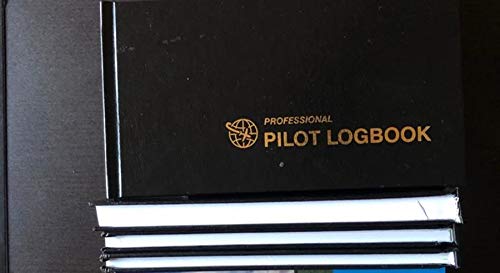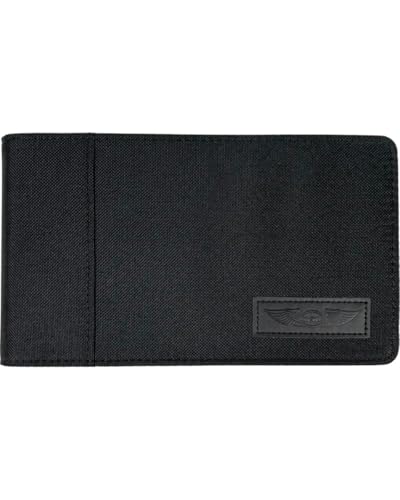EarthX Lithium Batteries is Excited to Announce FAA STC Approval for Cessna 172N, 172P, 172Q, 172R, 172S Aircraft!
Upgrade now!
Why make the switch?
FAQs
Q: Do I need to change anything to my alternator/regulator in my plane?
A: NO, our battery has the same charging profile as a lead acid battery.
Q: Is it a problem if my Amp Hour is less than it used to be with a lead acid battery?
A: NO. Lead acid batteries need more amps to achieve cranking power vs. our battery needs less amp hours to achieve the necessary cranking power while still adhering to safety requirements.
Q: Do I need to perform a new weight and balance?
A: YES, the FAA requires that any STC requires weight and balance.
Q: Do you charge for STC paperwork?
A: NO.
Q: What is my initial investment for this switch?
A: $1,194 includes the battery and installation kit.
For more information:
https://earthxbatteries.com/lithium-battery-solutions-for-certified-aircrafts/
[email protected]
970.674.8884
Upgrade now!
Why make the switch?
- The weight savings is phenomenal; if you’re replacing the RG24-11, you go from a 26.5-pound battery to a 7.2-pound battery. This weight savings can increase your useful load, save fuel costs, increase climb rate, and have shorter take off roll.
- The capacity of the lead acid battery was 11Ah, the EarthX is 11.7Ah, a slight increase.
- The cold cranking of the lead acid battery was 160, the EarthX is 400, more than double the cranking.
- The life span of an EarthX battery is rated to be double that of a lead acid battery.
- The EarthX cannot freeze, boil over, lose electrolyte, corrode, or sulfate. Zero caustic acid.
- On average, this battery is only $100 more than the lead acid battery it is replacing.
- But one of the most exciting features, that lead acid battery cannot provide as there is no way to implement a battery management system inside the unit (acid does not play well with others), is digital communications directly to the pilot, from state of charge, capacity, temperature of the battery itself, to a fault condition so there is no guess work of wondering how “good” or “not” your battery is. This provides useful information not only for the pilot, but also your mechanic, to make the best-informed decisions.
FAQs
Q: Do I need to change anything to my alternator/regulator in my plane?
A: NO, our battery has the same charging profile as a lead acid battery.
Q: Is it a problem if my Amp Hour is less than it used to be with a lead acid battery?
A: NO. Lead acid batteries need more amps to achieve cranking power vs. our battery needs less amp hours to achieve the necessary cranking power while still adhering to safety requirements.
Q: Do I need to perform a new weight and balance?
A: YES, the FAA requires that any STC requires weight and balance.
Q: Do you charge for STC paperwork?
A: NO.
Q: What is my initial investment for this switch?
A: $1,194 includes the battery and installation kit.
For more information:
https://earthxbatteries.com/lithium-battery-solutions-for-certified-aircrafts/
[email protected]
970.674.8884





![Bose A30 Aviation Headset with Bluetooth, Lightweight Comfortable Design, Adjustable ANR and Noise Cancelling [LEMO (6 pin)] – Black](https://m.media-amazon.com/images/I/41sTva8tf5L._SL500_.jpg)













